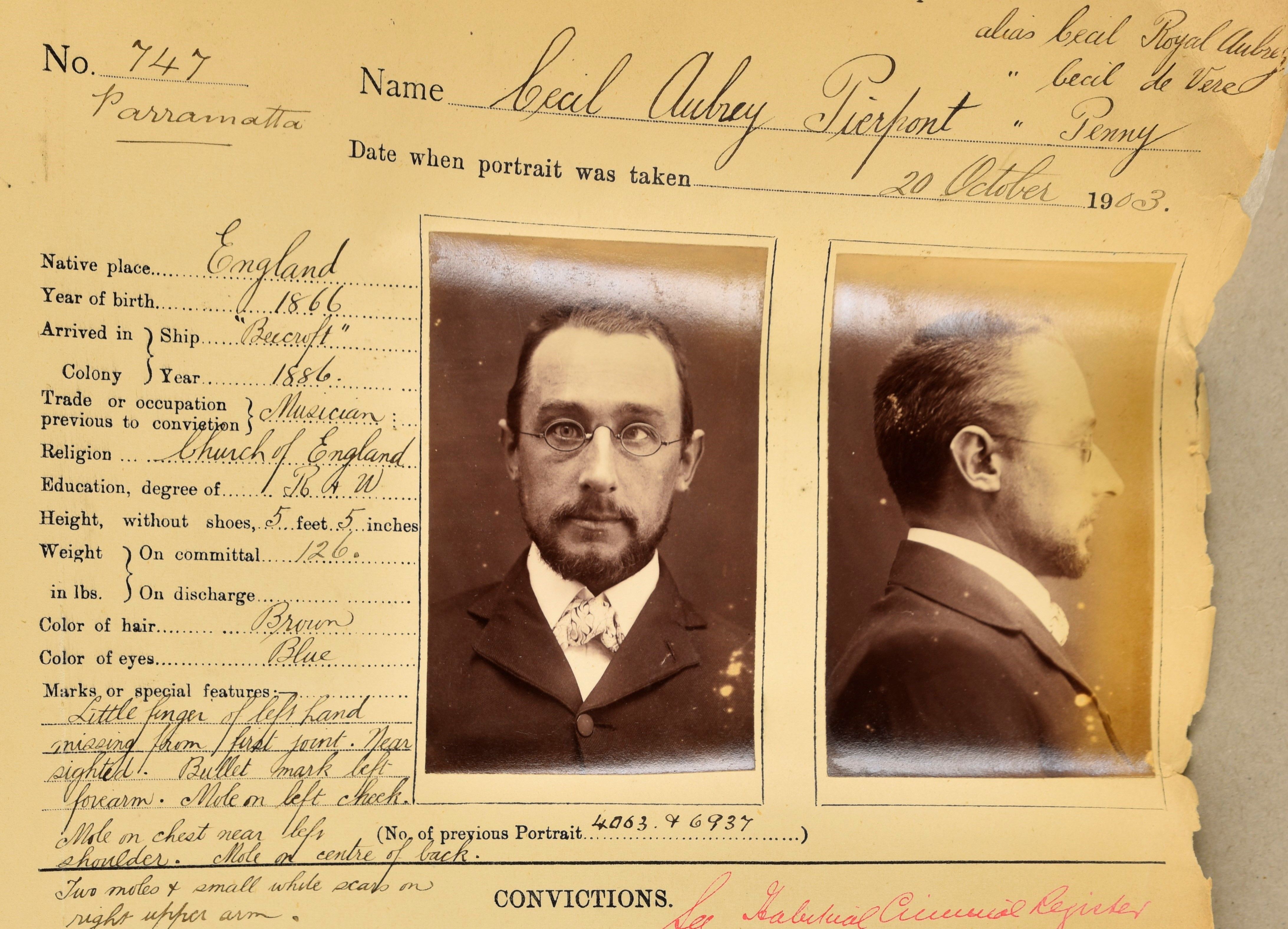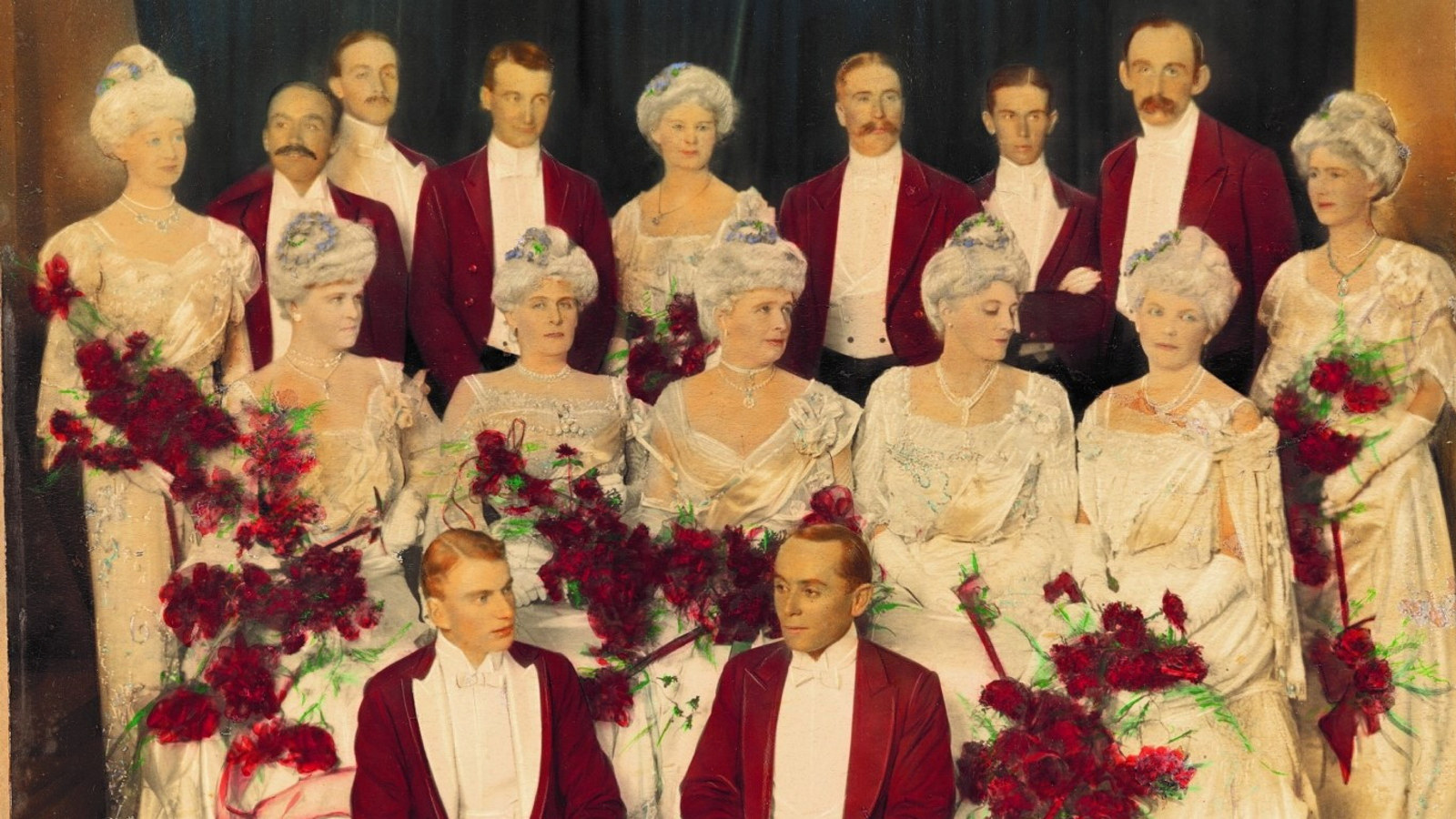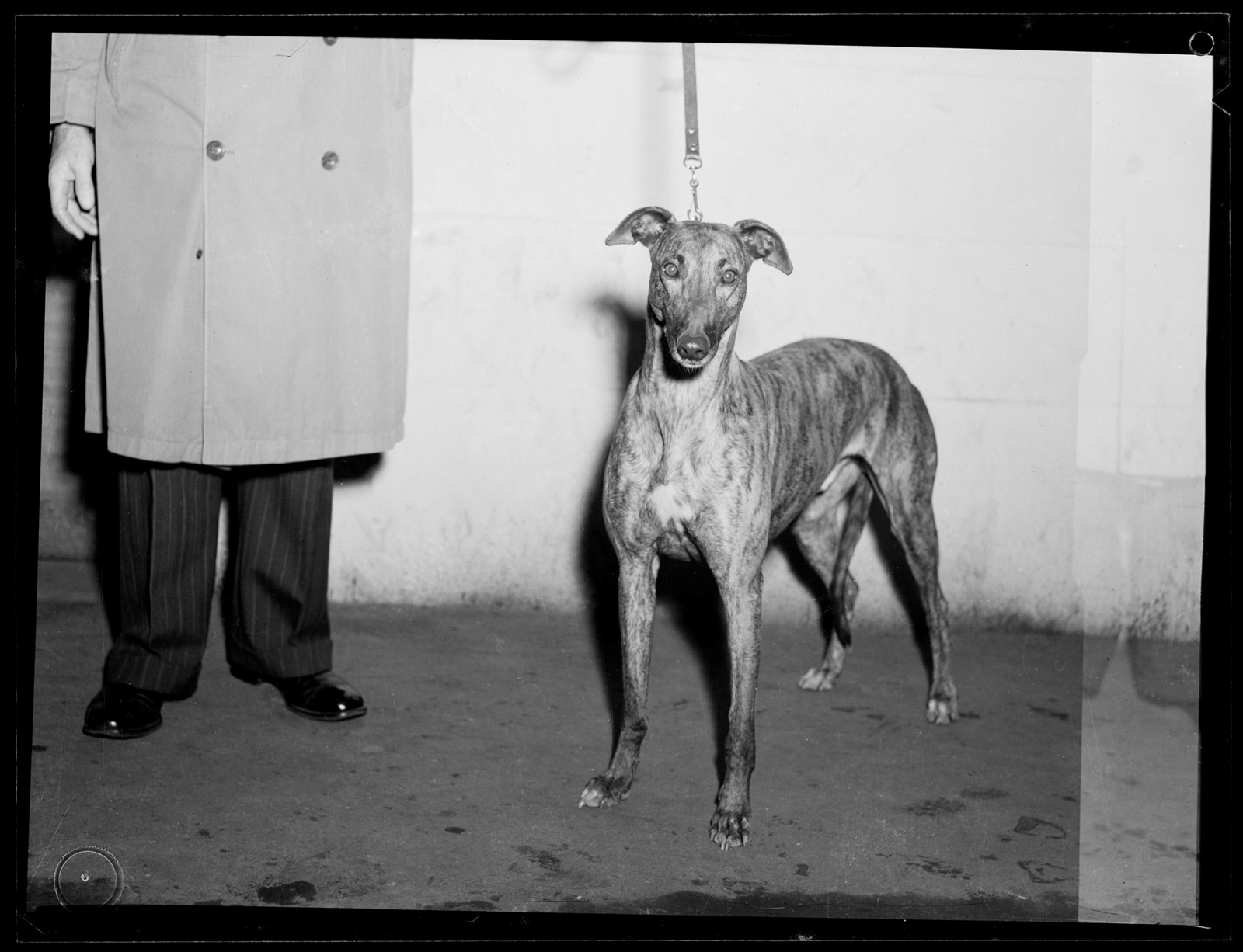Cecil Pierpont, the bogus baronet
The fake, the fraud and the genuine article
A prison photograph captures an inveterate fraudster partway through a lifetime of deception – but who was the real Cecil Pierpont?
Sir Cecil Aubrey Pierpont, Cecil R Aubrey, Cecil Royal Pierpont, Dr Cecil Rowe, Professor Gordon Rowe, Cecil de Vere, Thomas Hampstead Penny, Thomas Henry Penney, Sydney Bruce Burge, Gordon Vane Tempest and Gordon Vane Simpson. These were some of the aliases of one man who embarked on a notorious six-decade career of fakery and deception that spanned four Australian states.
Photograph of a conman
In the State Archives Collection is a photographic portrait of ‘Cecil Pierpont’, a 37-year-old musician from England. The photograph was taken at Parramatta Gaol on 20 October 1903, just weeks after Pierpont had been convicted and sentenced to hard labour for the crime of false pretences.
Pierpont’s photograph is one of 46,000 taken of inmates by NSW prison authorities between 1870 and 1930. During that time, jails kept photographic description books. These large leather-bound volumes recorded a prisoner’s identifying details, such as their ‘native place’, year of birth, religion, height, weight, hair and eye colour, and whether they could read or write. Description books also recorded whether a prisoner had any ‘special features’ or distinguishing marks. Listed alongside this information was the offence for which the prisoner had been convicted and the resulting sentence. Previous convictions and sentences were also recorded, as were any known aliases. A photographic portrait of the offender was attached, and this combination of textual and visual identification gave authorities greater certainty over the identity of the men, women and children who were convicted and incarcerated in the NSW criminal justice system.
The events that led up to Pierpont’s photograph being taken at Parramatta in 1903 reveal the extent of his audacity to spin a fiction, trick ordinary people into believing him and compel them to hand over their hard-won earnings. In this case, it was the people of the Blue Mountains who found themselves the victims of this amiable, bespectacled man with fine taste and charm.
A change in fortune
Under the pseudonym ‘Cecil R Aubrey’, Pierpont had arrived in the town of Blackheath, near the highest point of the Blue Mountains, in about June 1903 and taken up residence in a boarding house. Well-dressed and eloquent, and apparently educated, he advertised his services as a piano and organ tuner. About six weeks later, Pierpont announced that he’d come into a baronetcy and was now Sir Cecil Aubrey Pierpont. He claimed that his title carried an annual income of £3000 but that he would need some local assistance to tide him over until the first instalment of his fortune arrived. People readily took up the opportunity to assist Pierpont, who, in turn, entertained the townsfolk with organ recitals, good food, champagne and cigars. In September, Pierpont announced that he would be leaving the Blue Mountains, and signed a number of cheques to settle his debts with local businesses.
By the time the valueless cheques were discovered, Pierpont was in Sydney. But he was quickly apprehended and taken to Katoomba Police Court to face two charges of false pretences. The court heard that Pierpont had been ‘dealing out cronk paper’.1 Court records show that he’d been a petty thief since his arrival in Australia in 1886 and previously faced similar charges in both Melbourne and Tasmania. As well as issuing, or uttering, valueless cheques, Pierpont had also forged other people’s signatures on cheques, swindled people out of goods and money, and been convicted of petty theft and break and enter. His previous sentences totalled 13 years and nine months. For his crimes against the Blue Mountains folk, Pierpont was sentenced to six months’ hard labour on each charge.
Pierpont appears to have been born Thomas Henry Penney in Southampton in 1865. He was married at least seven times, including to several women at once. This situation eventually caught up with Pierpont, and between 1917 and 1934 he faced charges of bigamy and stealing in Queensland. The name ‘Cecil Pierpont’ and the known aliases of this habitual conman disappear from the record until 1952, when he’s noted as having died in Melbourne, aged 87 years.
Read more

Captured: Portraits of Crime 1870-1930, Cecil Pierpont
Cecil Pierpont, a 37 year old musician from England, was photographed at Parramatta Gaol on 20 October 1903 while serving a twelve month sentence for false pretences
Notes
- ‘Cecil Aubrey: alias Sir Aubrey Pierpont’, Blue Mountains Gazette, 18 September 1903, p3.
The author would like to acknowledge Suzanne Upton, a former archivist at NSW State Archives, who researched the case of Cecil Pierpont.
Published on
Real or fake?

A wayward prince
Investigating a possible imposter seen in a striking photo at Rouse Hill House, Dr Scott Hill uncovered a story of scandal

Runaway Joe – a dog with many aliases
In the late 1940s, three swindlers targeted country greyhound races with a ‘ring-in’ scam that netted them a fortune and forced officials to reassess how they verified a dog’s identity
